
The Eastern Huckleberries As Bee Plants
Native to North and South America, huckleberries (Gaylussacia spp.) are most common in the East. Around eight species are found to the U.S. Typically…
Read More
Native to North and South America, huckleberries (Gaylussacia spp.) are most common in the East. Around eight species are found to the U.S. Typically…
Read More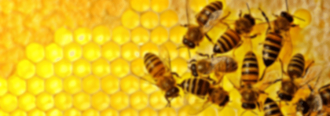
By: Connie Krochmal This article will conclude the series on foraging book reviews. “Midwest Foraging-115 Wild and Flavorful Edibles from Burdock to Wild…
Read More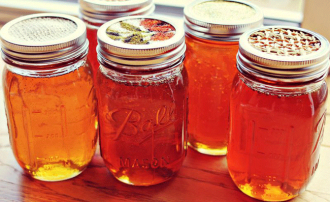
By: Janet Davis Some For You, Some For the Bees. Herbs have been grown for honey bee forage for millennia, ever since ancient Greeks…
Read More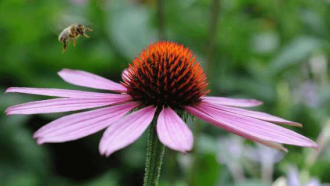
By: Eugene Makovec Four years ago I moved bees from Kirkwood, Missouri – the heart of the St. Louis suburbs – to my new…
Read More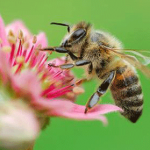
In this series thus far we’ve jumped hither and yon over much of the West. This month, we’ll focus on the Northwest. “Pacific Northwest…
Read More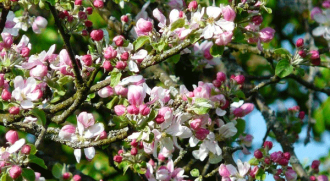
By Christine Taylor It starts in the trees, densely covered with thousands of flowers give bees an eco-rich source of nectar and pollen. However,…
Read More
On Saturday, July 15th we’re holding our third Pollinator Day here at the Root Company’s Pollinator Meadow, behind our Corporate Headquarters. There’s a several…
Read More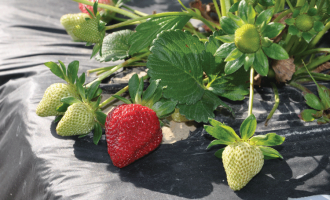
A Better Way To Protect Crops, and Bees By: John Dietz Beekeepers may be delivering a new service for crop producers, in North America…
Read More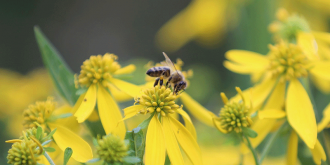
By: Connie Krochmal For this month, let’s explore another volume in Timber Press’s foraging series. “Southwest Foraging-117 Wild and Flavorful Edibles from Barrel Cactus…
Read More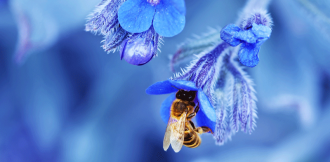
By: Janet Davis There’s something about shimmering blue flowers that fascinates gardeners – in fact some love them so much that they devote a…
Read More
By: Connie Krochmal This month we’ll take a look at another volume in the Timber Press series on foraging – “Mountain States Foraging – 115…
Read More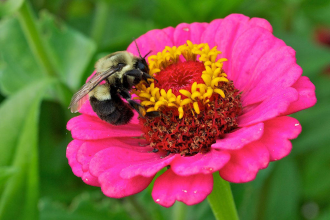
The Physics Of Pollination By: Marie Davey Pollination. The word brings to mind the droning buzz of fat yellow and black bumblebees bouncing from…
Read More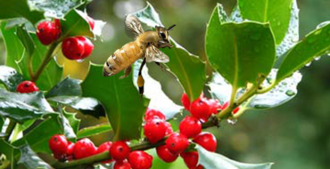
By: Kurt Knebusch and Paul Snyder Plant these for bees, and the holidays this year. Here’s seven hollies that can take it when…
Read More
Although beekeeping and foraging might appear to have little in common, it turns out that a large number of native or naturalized pollinator plants…
Read More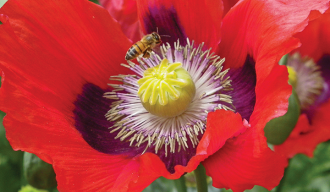
Poppies rank as quintessential plants for pollen production. I am not a beekeeper. I am, however, a professional entomologist and an avid gardener. As…
Read More
By: Travis Owen Autumn is here, the days are warm, the nights are cool, and bees and other pollinators are still active. For me…
Read More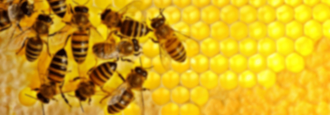
By: Connie Krochmal Medlar and quince share some common traits. Members of the rose family, both are uncommon, old fashioned fruits that have largely…
Read More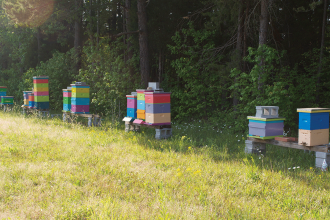
by- Jessica Louque Shades of Blue and More At the beginning of the year, I was super excited to plant a blue pollen garden….
Read More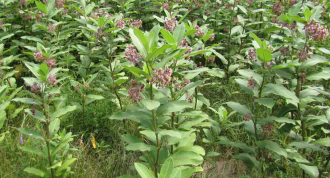
By Connie Krochmal Milkweeds are common wildflowers in most areas of the country. Around a hundred species are found worldwide with slightly over half…
Read More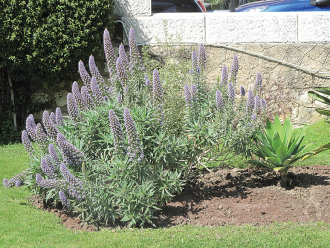
From very small to very large, the Echiums are beloved by bees. By: Steve Andrews Many beekeepers will be familiar with the Borage (Borago…
Read More